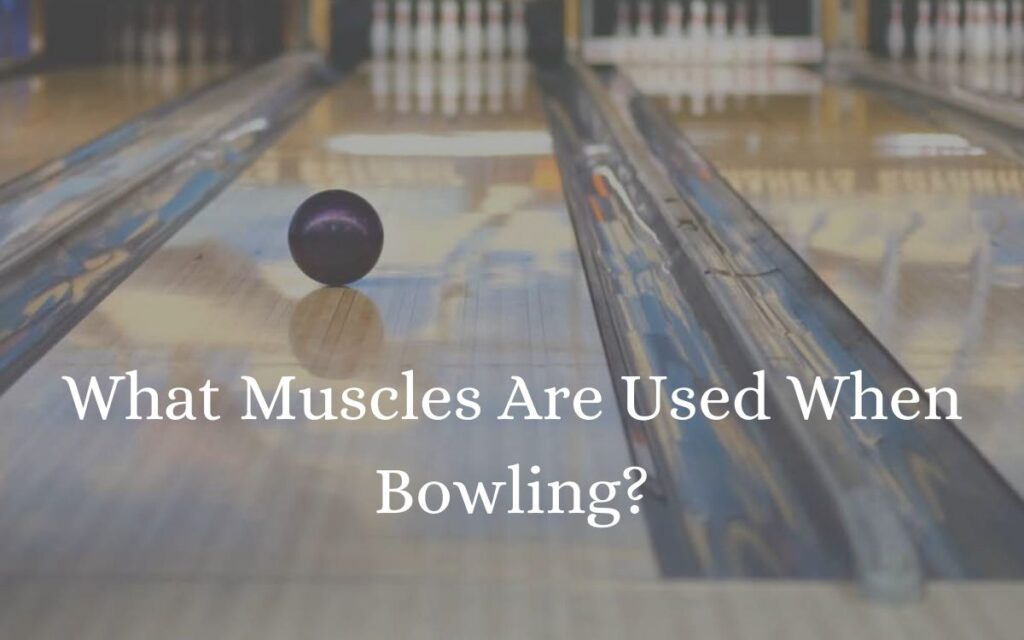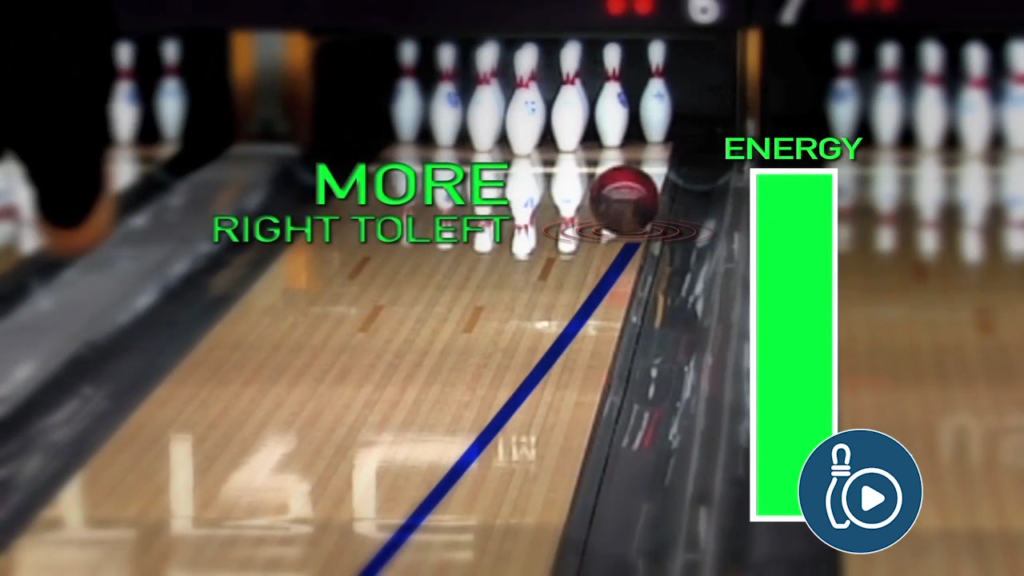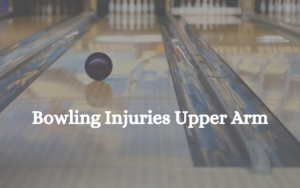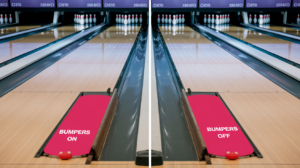What Muscles Are Used When Bowling? – Muscles Guide In 2025

Bowling needs numerous body muscles to perform the different movements as well as actions needed. These are the primary muscles involved with bowling:
Shoulder Muscles
Shoulder muscles such as the deltoid, rotator cuff and trapezius are active during bowling. These muscles are involved with the movement and stability of the shoulder joint and also are essential for producing power as well as precision when throwing.
Arm Muscles
Biceps, triceps muscles, as well as other arm muscles and also forearm muscles (brachialis, brachioradialis) play an important role in bowling. The biceps are responsible for the arm’s first higher motion while the triceps are responsible for extending the arm upon release. Your forearms are busy gripping the ball as well as controlling its spin.
Core Muscles
Core muscles such as the abdominals, obliques and psoas, give stability during the bowling motion and also move force from the lower to the top body. These muscles help keep balance as well as control while generating power during approach and delivery.
Quadriceps And Hamstrings
Leg muscles such as the quadriceps, hamstrings, calves and glutes are necessary for power generation and also stability when bowling. Leg muscles help push and move on approach, move power from the lower body to the top body, as well as help balance during the activity.
Wrist and Hand Muscles
Hand and wrist muscles are necessary for keeping control and accuracy on the ball release. These muscles consisting of wrist flexors, extensors, as well as finger and thumb muscles work together to provide a smooth controlled ball release.
It is essential to keep in mind that the particular muscles used can differ depending on your technique, style and approach to bowling.
Read: Should swimming be replaced with bowling in school gym activities?
Does Bowling Make You Stronger?
Yes, bowling certainly helps build strength, yet it’s a minimally recognized sport that considerably increases muscles and strength. Below’s exactly how bowling can add to your total strength:
Core Strength
Bowling includes a amount of turning and also twisting, which works core muscles such as the abs and obliques. Gradually, this will certainly strengthen and tone your core muscles improving your stability as well as balance.
Arm and Shoulder Strength
Repeatedly swinging and also releasing a bowling ball needs for arm and shoulder muscles. While it might not bring about considerable muscle growth, bowling can help improve muscle endurance and strengthen upper body muscles with time.
Leg Strength
The approach along with implementation of bowling include pushing out with your legs and producing power from your lower body. This motion helps strengthen leg muscles such as the quadriceps, hamstrings, and calves.
Grip Strength
Gripping and releasing a bowling ball depends on your grip strength. Bowling frequently increases the strength of your hands and forearms, improving your ability to control and maintain a consistent ball delivery.

How Many Muscles Do You Use When Bowling?
Bowling burns up to 200-300 calories in simply 2 hrs. The actual amount might differ depending upon aspects such as the ball’s weight and just how regularly you bowl.
Bowling trains and strengthens 100-150 muscles, improving balance and hand-eye coordination.
Final Thoughts
Bowling actively involves a number of muscles of the body to do the needed movements. The muscles mainly used consist of the shoulder arm core, leg, wrist, and also hand muscles. These muscles strengthen, support, and manage the bowling movement.
Bowling is a moderately caloric activity, burning 200-300 calories in a 2-hour session. Bowling frequently involves 100-150 muscles that enhance balance as well as hand-eye coordination. Bowling isn’t a hard exercise yet a fun way to work several muscle groups and stay active.






